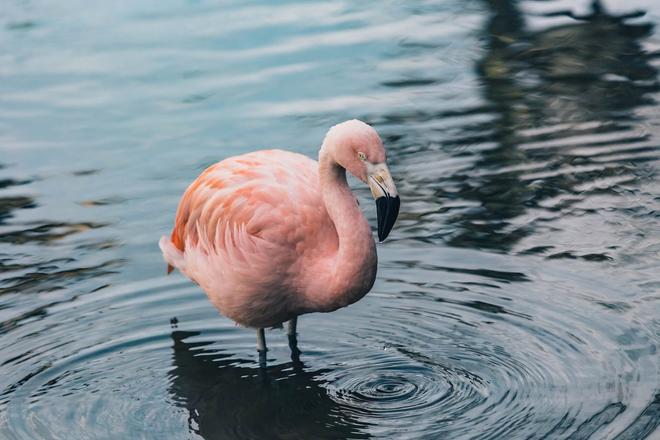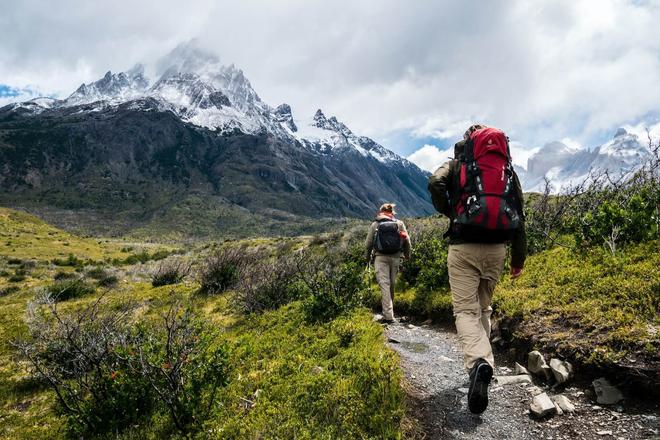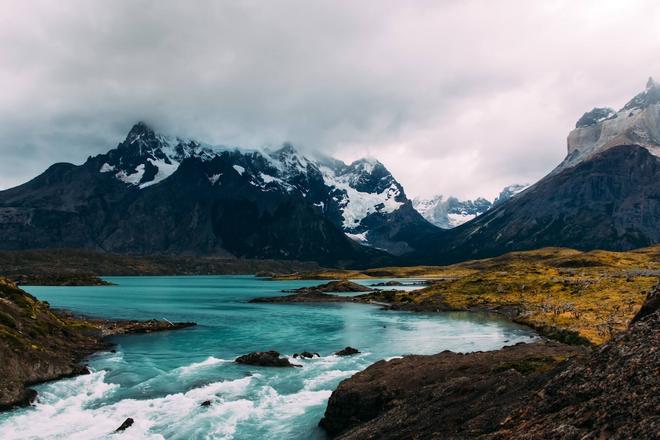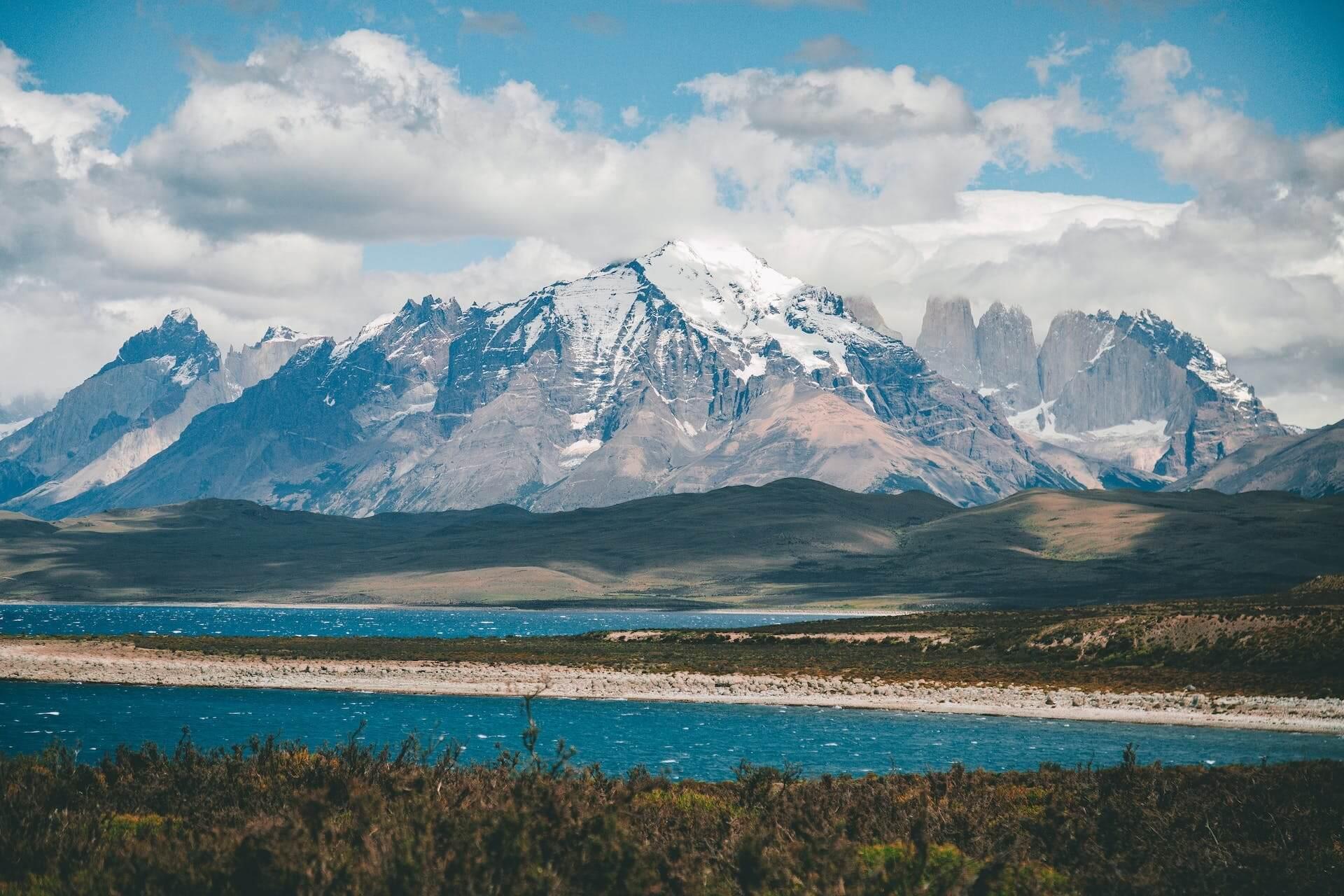Far in the south of Chile and deep in the heart of Patagonia, there is a place with wild unspoilt nature, still relatively unknown to tourists, untouched and difficult to access. And it is there that Patagonia National Park has only recently been created. Volunteers are largely responsible for its existence. In return for helping to build trails, they take home experiences of true wilderness all around.
From the North Face and Patagonia to building National Parks
Patagonia National Park has gradually grown in recent years in Chile's Chacabuco Valley, following the river of the same name. It is surrounded by the Jeinimeini and Tamango mountains and can be found on the map between the towns of Chile Chico and Cochrane in the Aysén region. Patagonia NP is one of the projects of Douglas and Kristine Tompkins, once key figures behind the development of two world-famous outdoor brands: The North Face and Patagonia.
In the 1990s, they both left this field and decided to devote their time and energy to building national parks in Chile and Argentina. Patagonia NP is the second project from the Conservacion Patagonica Foundation, founded in 2000. It was created by buying up large tracts of land and farms in Chile and Argentina, so one of the initial tasks of the local volunteers was to rid the native grasslands of fencing so that native fauna could return to the valley.
Huge herds of grazing guanacos (a type of llama) can now be seen here, and the ponds are home to wild ducks and wading pink flamingos. On the newly constructed hiking trails, into what is for now a completely deserted wilderness, you may also come across porcupines, and with a bit of "luck" a wild puma. However, the latter was shot by farmers in the past and is now an endangered species, as is the southern huemul deer. Thanks to the Patagonia National Park, both species now have a chance of survival.

Everyone can have a hand in the work
Although the park is now open to the public, it is still some years away from completion. Local craftsmen are building stylish stone buildings using local natural resources. Several campsites are also in operation. But the park is still taking shape and evolving toward the Tomkins' final vision, largely thanks to a group of volunteers.
Since 2006, hundreds of volunteers have visited the park through this programme, coming from all over the world. By spreading out miles of fencing from the original farms, for example, they have enabled native fauna to return to the valley. Now they are focusing more on building new hiking trails and marking them. In return for their work, they have the opportunity to experience several weeks of adventure in the wilderness, explorations of Patagonian nature, or evenings spent drinking mate and discussing life with the local cowboys (gauchos).

Visit Patagonia NP on your own
The best way to discover the mystery and beauty of the area is to spend a few days or weeks at one of the local campsites, giving you plenty of opportunity to explore the valleys and plateaus. It is from here that you will have an absolutely unique view of the Chacabuco valley, formed by a huge glacier that has left behind the remains of a moraine in the form of small hills and hillocks. Today, all that remains is the Chacabuco River, which winds unobtrusively through the centre of the valley.
The Chacabuco valley is best reached by heading towards the Chilean town of Cochrane, or from the Argentine side by crossing the mountain border, along the Chilean-Argentine border, south of the town of Chile Chico.

The future of Patagonia National Park
When fully completed, the Chacabuco Valley will join with the Jeinimeni Nature Reserve and the Tamango National Reserve to form a national park of 2.5 million square metres, called Parque Nacional Patagonia. It will provide and restore a safe home for native fauna and an unforgettable experience for park visitors.

